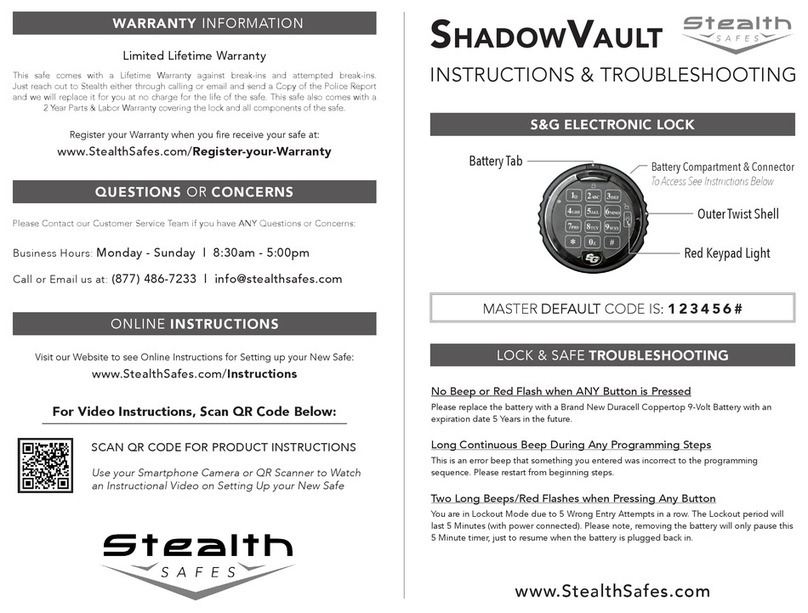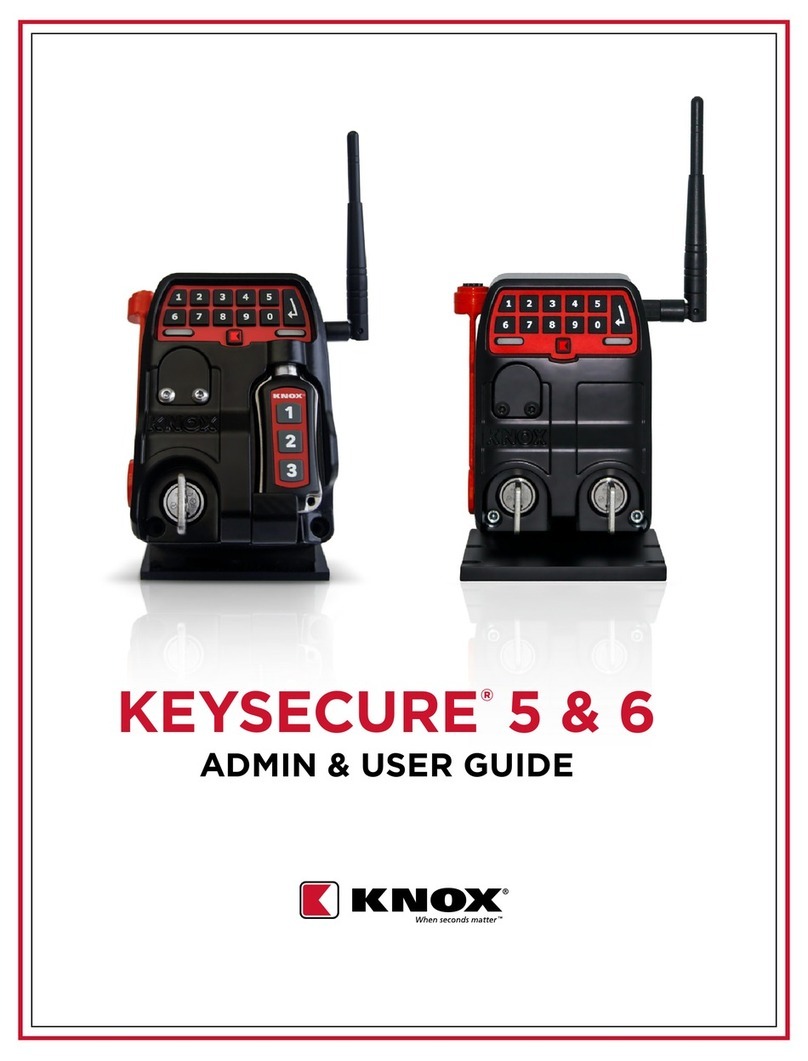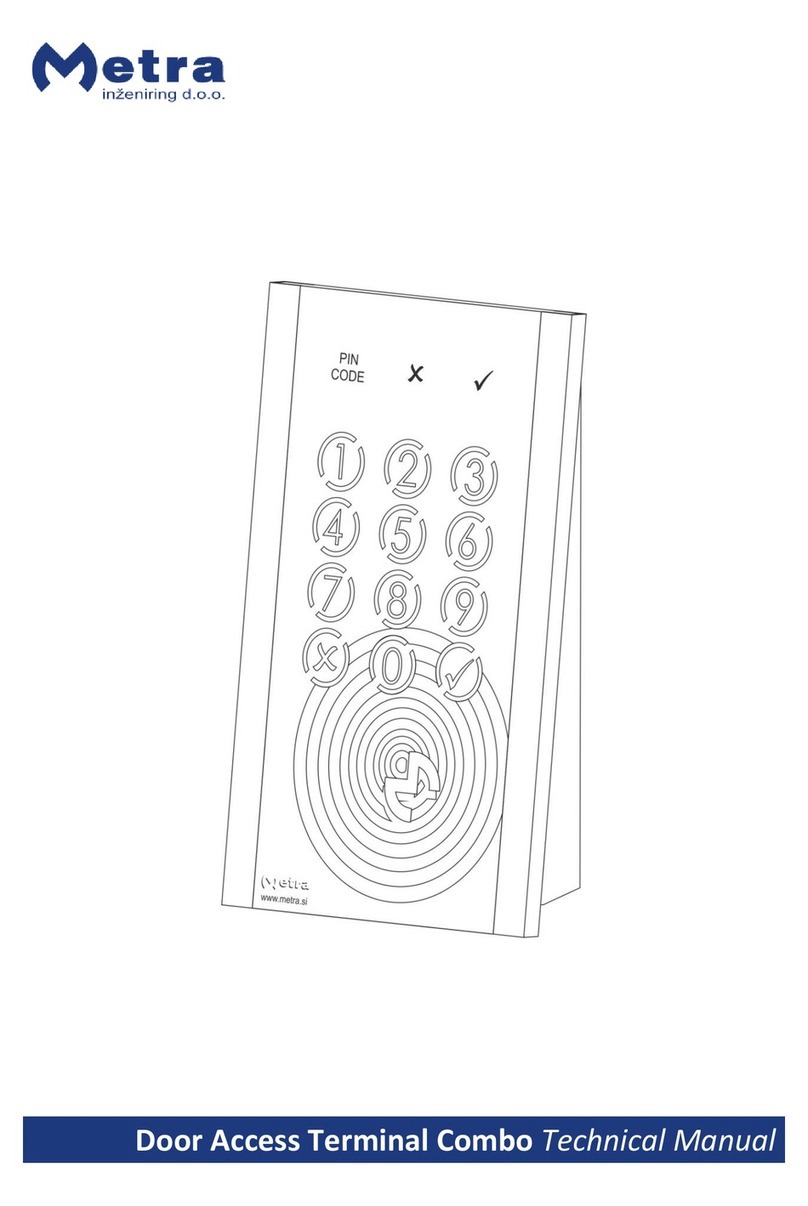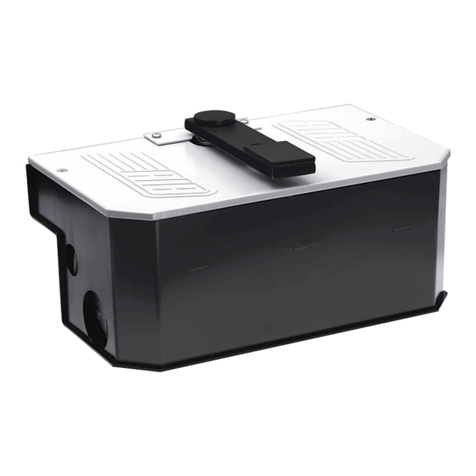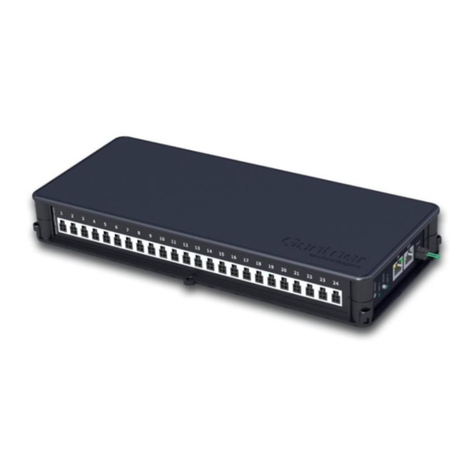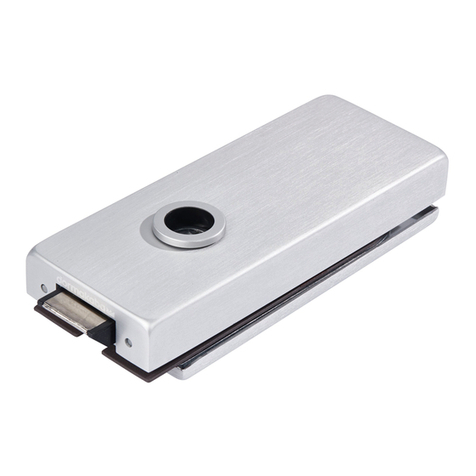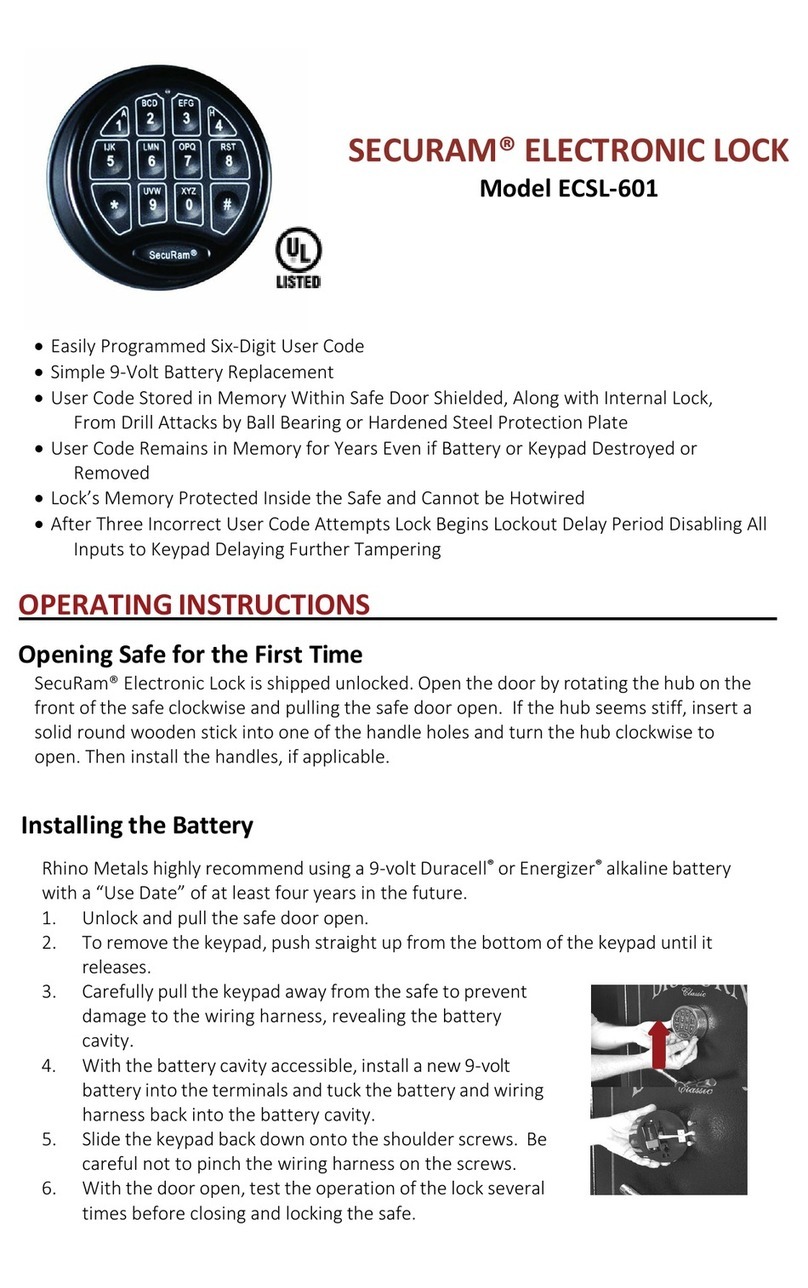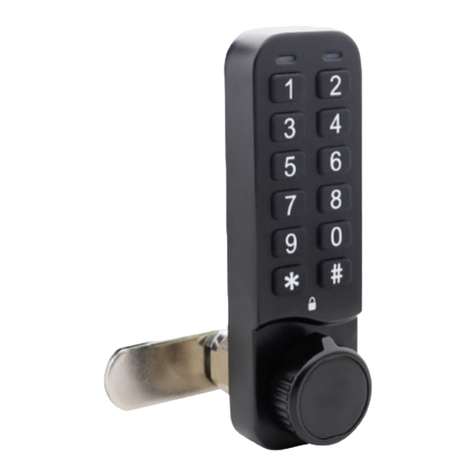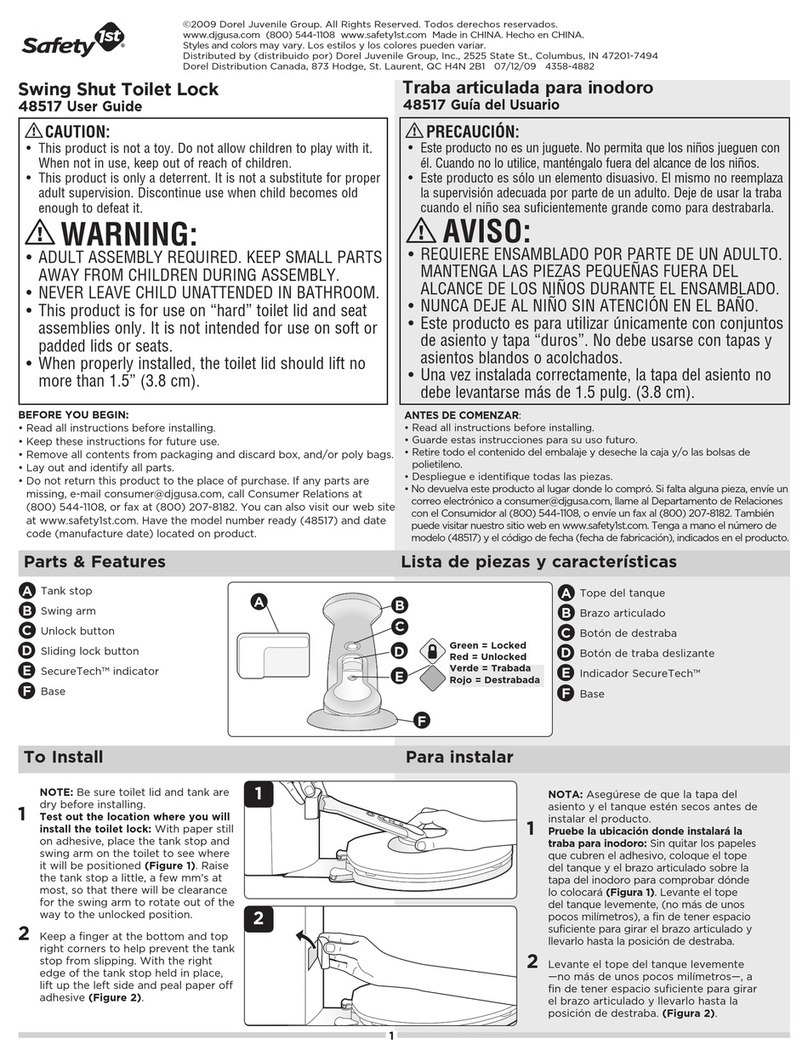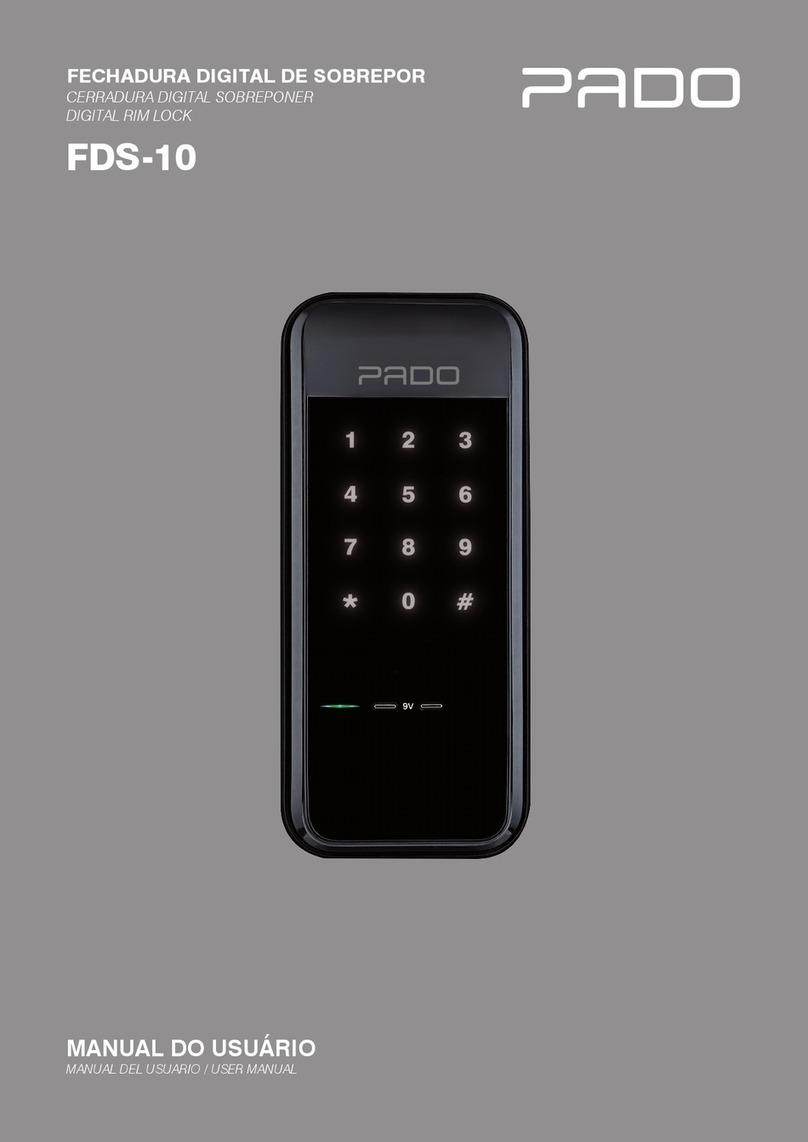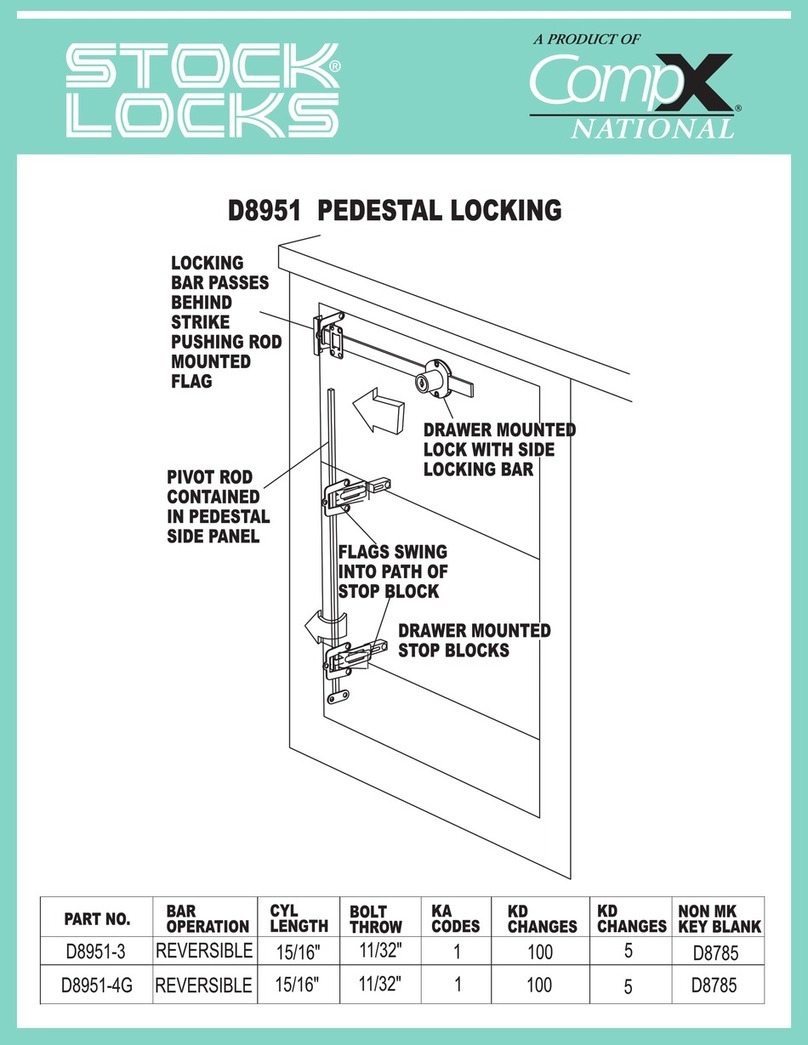
mLOCK Quick Start Manual Rev 1.3
- 8 –
iControl Incorporated
http://www.iControl-Inc.com
FCC NOTICE:
! Warning: This device complies with
Part 15 of the FCC Rules. Operation is
subject to the following two conditions: 1)
This device may not cause harmful
interference and 2) This device must
accept any interference received,
mLOCK
mLOCK_V3.200
FCC ID: W2E-MLOCKV32
FCC COMPLIANCE:
This equipment has been tested and found to comply with the limits for a Class B digital device,
pursuant to Part 15 of the FCC rules. These limits are designed to provide reasonable protection
against harmful interference in a residential installation. This equipment generates, uses and can
radiate radio frequency energy and, if not installed and used in accordance with the instructions,
may cause harmful interference to radio communications. However, there is no guarantee that
interference will not occur in a particular installation. If this equipment does cause harmful
interference to radio or television reception, which can be determined by turning the equipment
off and on, the user is encouraged to try to correct the interference by one or more of the
following measures:
1. Reorient or relocate the receiving antenna.
2. Increase the separation between the equipment and receiver.
3. Connect the equipment to an outlet on a circuit different from that to which the receiver is
connected.
4. Consult the dealer or an experienced radio/TV technician.
This device complies with Part 15 of the FCC Rules.
Operation is subject to the following two conditions:
1. This device may not cause harmful interference
2. This device must accept any interference received, including interference that
may cause undesired operation.
FCC WARNING:
Modifications not expressly approved by the manufacturer could void the user’s authority to
operate the equipment under FCC Rules.
This equipment has been evaluated in accordance with the FCC bulletin 56 “Hazards of radio
frequency and electromagnetic fields” and bulletin 65 “ Human exposure to radio frequency and
electromagnetic fields. Safe operation in an uncontrolled environment will result if the following
distances from the device are maintained as a minimum.
A distance greater than or equal to 20 cm from the device should be maintained.

